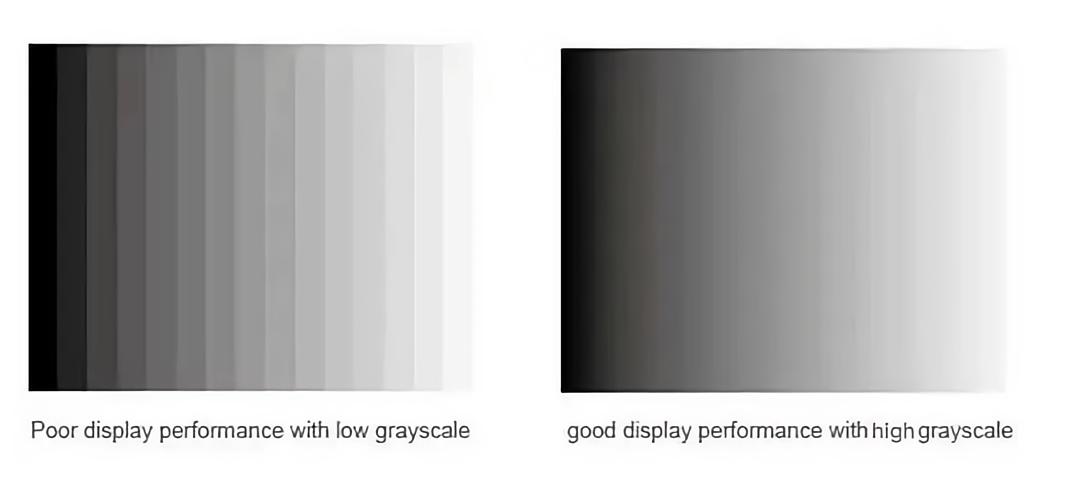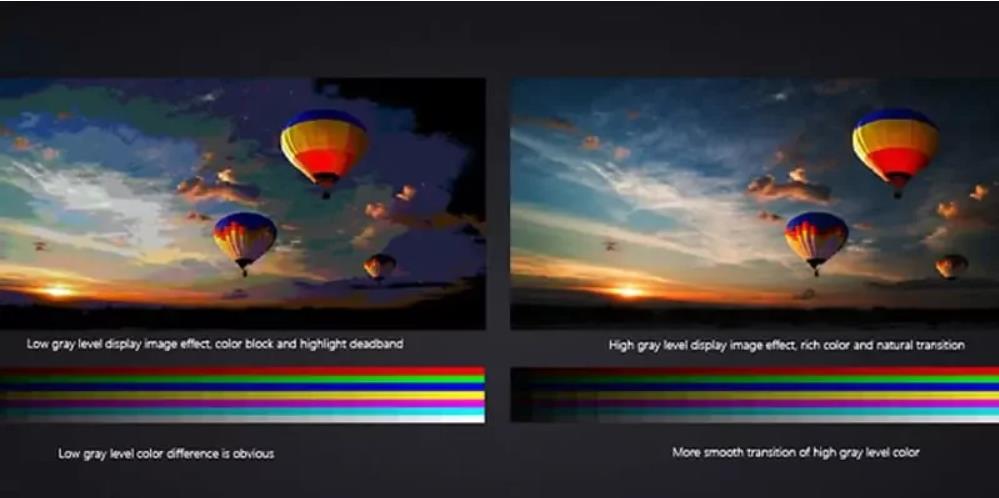
Introduction to LED Display Grayscale Grades
LED displays have become the preferred choice in various applications, including consumer electronics, advertising, and professional graphics. Grayscale grades are an essential aspect of LED display technology, determining the level of color accuracy and image quality. In this article, we will introduce the different grayscale grades available in LED displays and their significance in improving image quality.

What is Grayscale?
Grayscale is a term used to describe the range of gray shades from white to black. In LED displays, grayscale refers to the ability of the display to produce a range of gray shades, allowing for more accurate and realistic color reproduction. Grayscale is typically measured in bits, where a bit represents a specific shade of gray.
What are Grayscale Grades?
Grayscale grades are a measure of the number of gray shades a display can produce. The higher the grayscale grade, the greater the number of shades the display can display, resulting in better image quality. Grayscale grades are commonly measured in bits, with 8-bit and 10-bit being the most commonly used grades in LED displays.
8-bit Grayscale
The 8-bit grayscale grade provides 256 shades of gray, allowing for more accurate color reproduction. It is widely used in consumer electronics and professional applications, and is considered the standard grayscale grade for LED displays. The 8-bit grayscale ensures smooth color transitions and minimizes color banding, resulting in acceptably good image quality.
10-bit Grayscale
The 10-bit grayscale grade provides 1024 shades of gray, allowing for even more accurate color reproduction. It is commonly used in professional graphics workstations and high-end LED display panels. The 10-bit grayscale grade offers improved color accuracy and reduced color banding, resulting in exceptional image quality.
12-bit Grayscale
The 12-bit grayscale grade provides 4096 shades of gray, enabling extremely high color accuracy and realistic image reproduction. It is commonly used in professional graphics workstations and high-end LED display panels. The 12-bit grayscale grade offers exceptional color accuracy and smooth color transitions, resulting in lifelike images.
14-bit Grayscale
The 14-bit grayscale grade provides 16384 shades of gray, resulting in extremely high color accuracy and realistic image reproduction. It is commonly used in professional graphics workstations and high-end LED display panels. The 14-bit grayscale grade offers exceptional color accuracy and smooth color transitions, resulting in lifelike images with minimal color banding.

Why is Grayscale Important?
Grayscale is crucial for achieving high-quality image reproduction and accurate color reproduction in LED displays. The ability of a display to produce a wide range of gray shades ensures smooth color transitions and minimizes color banding, which can result in unacceptable visual artifacts. Additionally, higher grayscale grades allow for better control over subtle color variations, resulting in more realistic images.
Conclusion
Grayscale grades are an essential aspect of LED display technology, determining the level of color accuracy and image quality. Understanding the different grayscale grades available and their significance in improving image quality is crucial for selecting the appropriate LED display for specific applications. From 8-bit to 14-bit grayscale, each grade offers improved color accuracy and image quality, making LED displays the preferred choice in various applications.